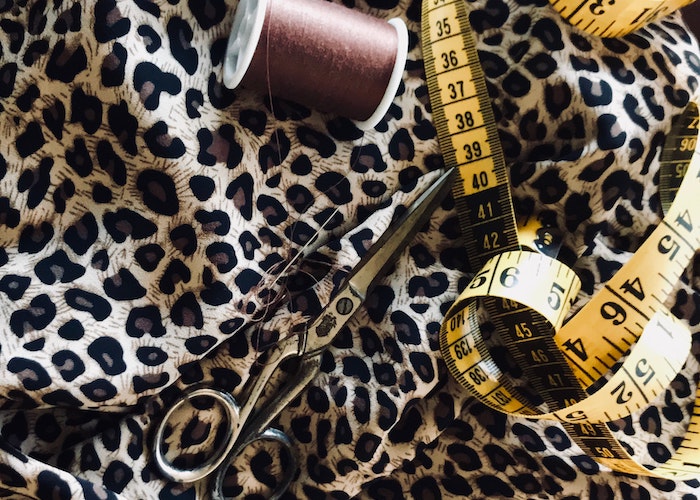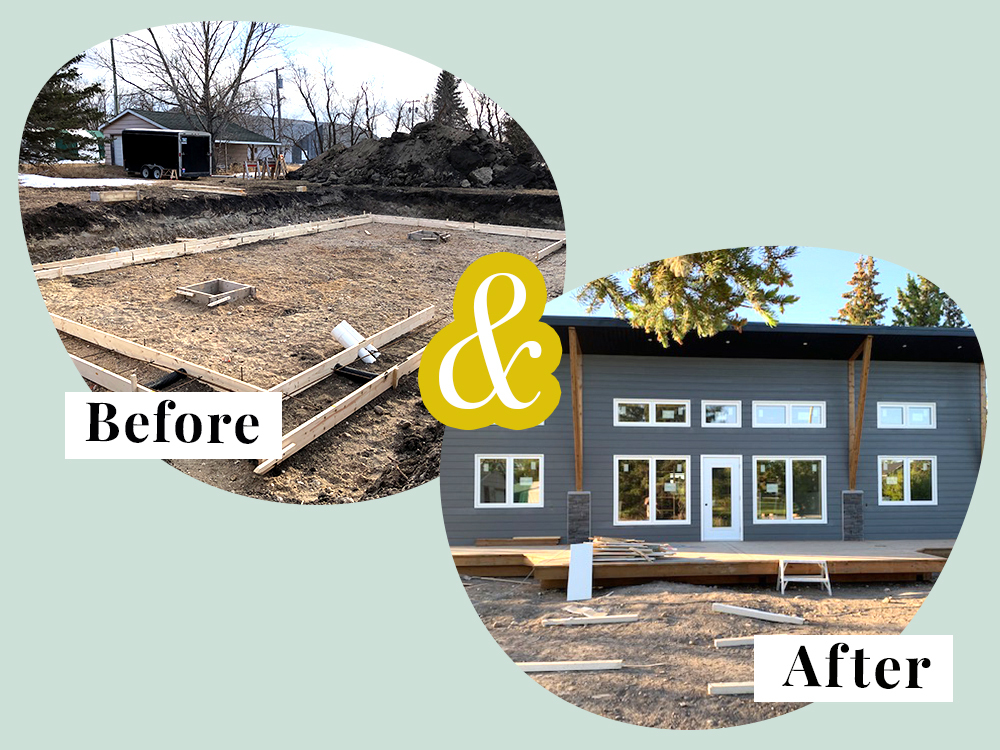4 Home “Upgrades” That Actually Do More Harm Than Good
With all the DIY information out there recommending what to do, we should also consider the flip side: what not to do.
If you’re looking to switch up your home, whether it be with renovations, a different organization system, or a new kitchen appliance, doing the research to help with your decision can be overwhelming. There are so many articles out there with advice on the best home items, solutions to your organizational issues, and budget options for your needs. So it can be tricky to decide what’s actually best suitable for your home and lifestyle.
While I’m sure we all wish there was enough money in our budgets to bring in a professional organizer like Marie Kondo, or let the folks from Queer Eye remodel our homes, often times the ultimate judgment falls in our own hands. But with all of the information out there recommending what to do, and trying to sell us the best products, we should also consider the flip side: what not to do.
Before making any upgrades, it’s worth thinking about whether the investment truly fits your long-term goals. Sometimes, instead of putting money into continuous repairs or renovations, selling an inherited home can be a smarter choice to avoid extra maintenance. By visiting the website, you can explore options that simplify the process and help you focus on upgrades that truly add value to your life. It’s all about creating space for comfort without unnecessary stress.
There are drawbacks to buying new things (what if we never use them after all)? Or trying new organization solutions (they can backfire), or even doing home renovations (sometimes you can make things even worse.) So If you’re looking to update your home in any way, here are some seemingly idea “upgrades” to avoid, as they might end up costing you more time and money, in the end.
1. Always Opting For The Cheapest Choice
When you’re on a tight budget, buying the cheapest possible option seems like the right thing to do. Here’s the truth, though: sometimes paying less will cost you more in the long run. Similar to poorly made clothing and fast fashion, oftentimes low-cost home items aren’t made to last, and tend to break down quickly.
This also depends a lot on what you’re purchasing, too. For example, a $25 lamp isn’t going to be all that different at doing its job than say, a $150 lamp. But when it comes to appliances and furniture, you’re more likely to get what you pay for. Anyone who’s ever owned a cheap mattress or an uncomfortable couch while in university, knows this.
Rather than going for the thrifty-made option, try to keep your eyes peeled for higher quality items that are on sale. Another must-do when shopping at a discount is to read the reviews; there could be a reason for a markdown.
2. Budget Home Improvement When You Should Really Hire A Pro
At TFD, we love a good DIY moment. This definitely includes home improvements on a budget, too (peep this kitchen renovation before & after!) That said, there are moments when home projects should absolutely be left to the pros. When done incorrectly, some “fixes” can end up causing more damage, and again, costing you more in the end. After all, homes are expensive, and, if you can get away with it, who wouldn’t want to walk away with a smaller bill?”
Although it might cost you a bit more than you’d like to spend, the long-term improvement will be worth the investment.
Some examples of what you should hire a professional for:
- Plumbing issues
- Roof maintenance
- Electrical jobs
- Structural changes
- Tiling in difficult places, like a shower
3. Organization Systems You Won’t Keep Up With
If you wrestle with keeping your home in order, Pinterest photos of meticulously organized pantries might call to you. That’s why it’s important to know yourself, so you can ask yourself: will color-coding your bookshelf or putting all of your dried goods into labeled jars really help with that? Are these organization systems that you’ll actually keep up with?
Ultimately, some systems are difficult to maintain, and if you’re a busy person, it’s likely these kinds of organizational hacks won’t be practical in the end. The most successful home organization systems are the ones that fit into your lifestyle; it could even be as simple as cleaning out your closet to make room for things you actually wear or buying a file folder for those loose papers on your desk.
The key is to identify your specific issue(s) and seek to find simple solutions.
4. Pod Coffee Machines
Pod coffee machines such as Keurig or Nespresso are convenient time-savers. They can make a fresh cup of coffee in just a minute or two, specifically brewed for your selected portion size. Plus, many of them can make specialty coffees like lattes, Americanos, and more. So it’s easy to see why pod coffee machines are popular.
However, they aren’t the most friendly for either your wallet or the environment. For starters, the coffee pods themselves can range from $0.35-$1.35 per serving. You’ll also need to get the pods from a specific retail store, or order online; you can’t just pick up coffee beans or any kind of bagged grounds at your local shop.
The pods are also difficult to recycle. For example, to do so with a Keurig pod, you need to rinse out the grounds and separate the components. Although Keurig does have a reusable filter, which can take regular grounds and reduces waste. Nespresso is a bit easier: pods can be recycled by mail for free, or by bringing them into a Nespresso store. Again, this is still an added step to the recycling process that some may find inconvenient or impractical for their lifestyle.
Ashley is a freelance writer and on-going contributor at TFD based in Toronto. An avid traveler, she recently returned home to Canada after two years living abroad in Vietnam and Japan. She loves to read, try new things in the kitchen, and get outside. You can learn more about her work here and can follow her adventures on Instagram @ashley_corb.
Image via Unsplash
Like this story? Follow The Financial Diet on Facebook, Instagram, and Twitter for daily tips and inspiration, and sign up for our email newsletter here.






